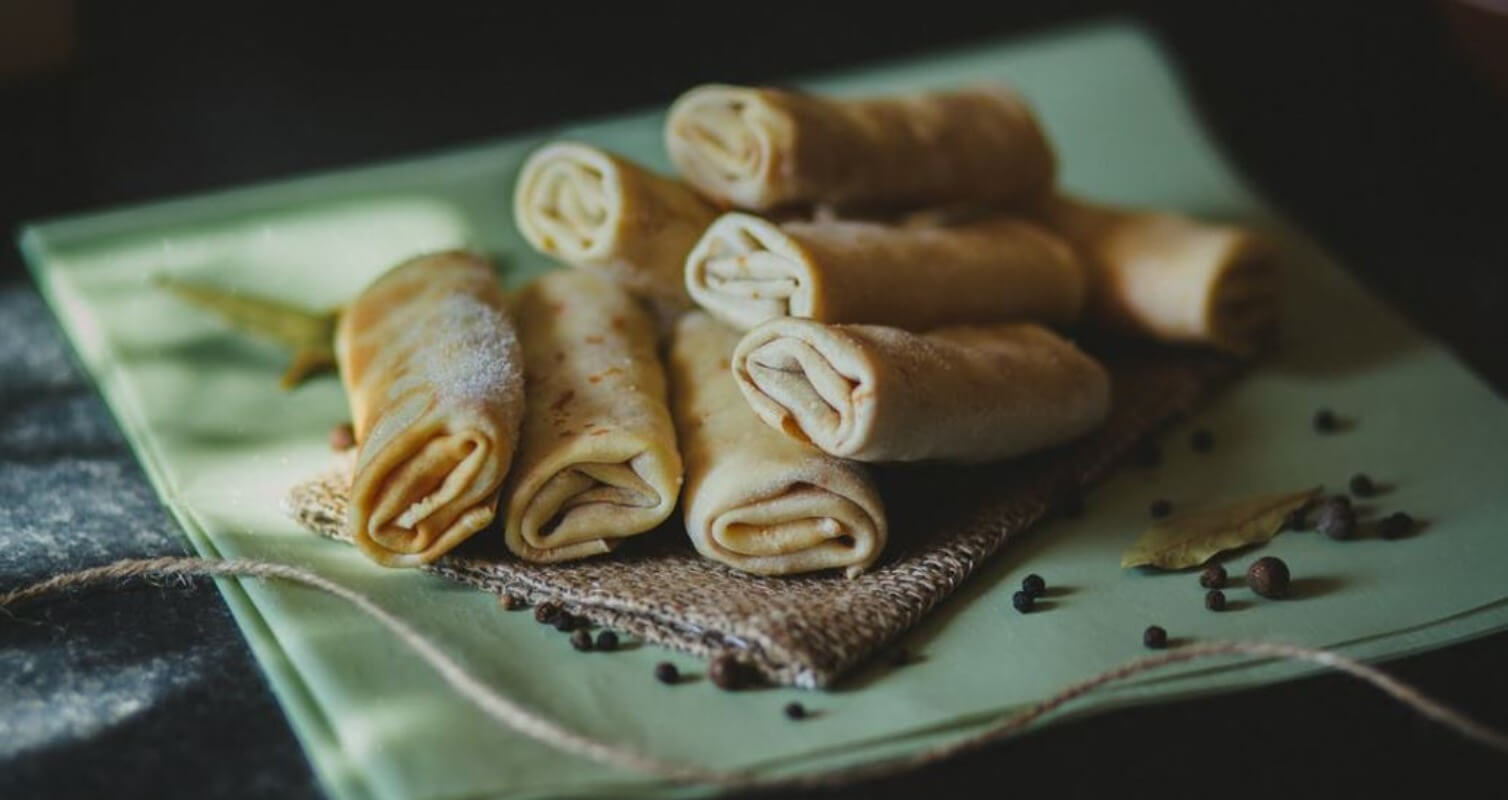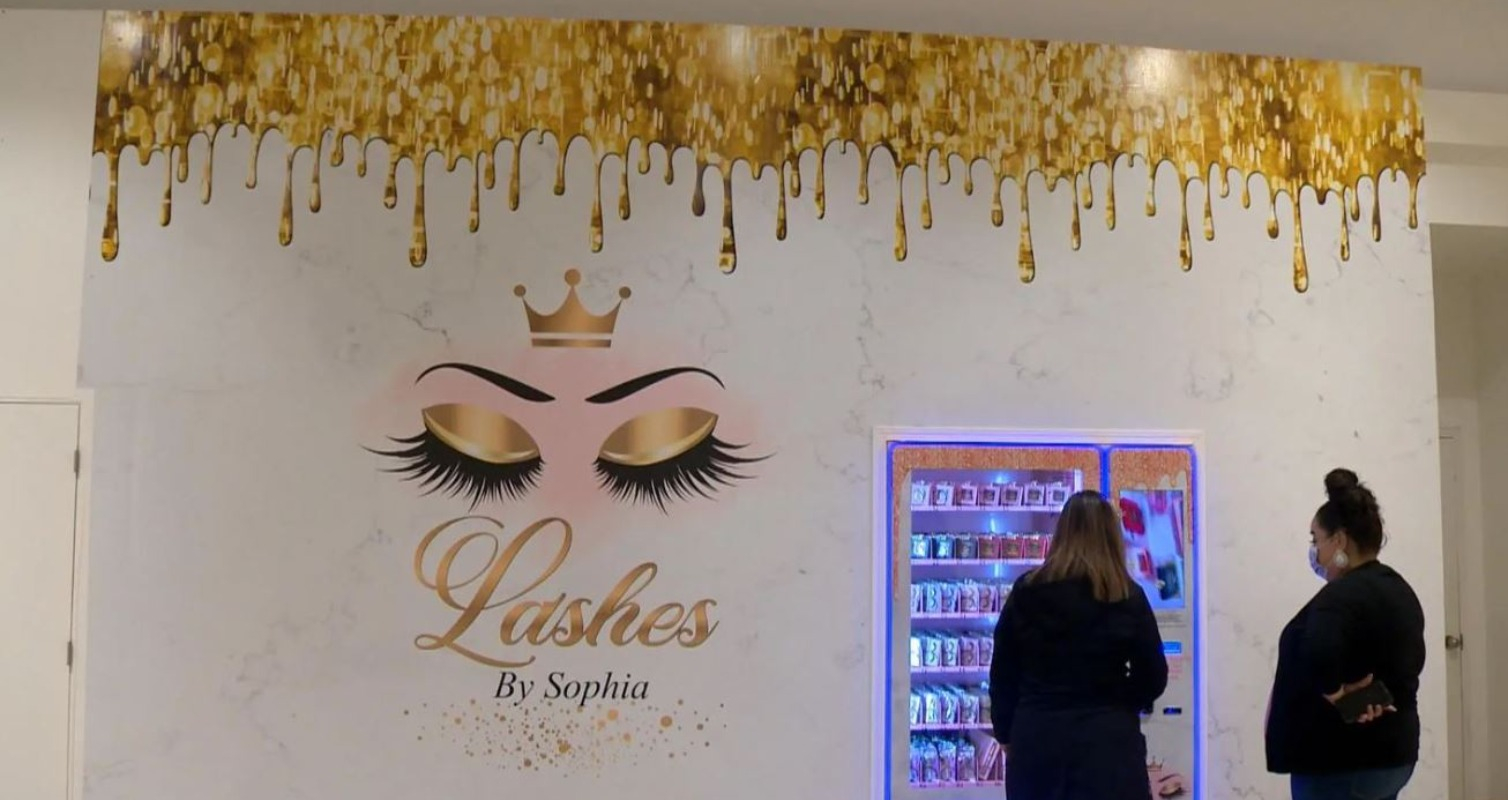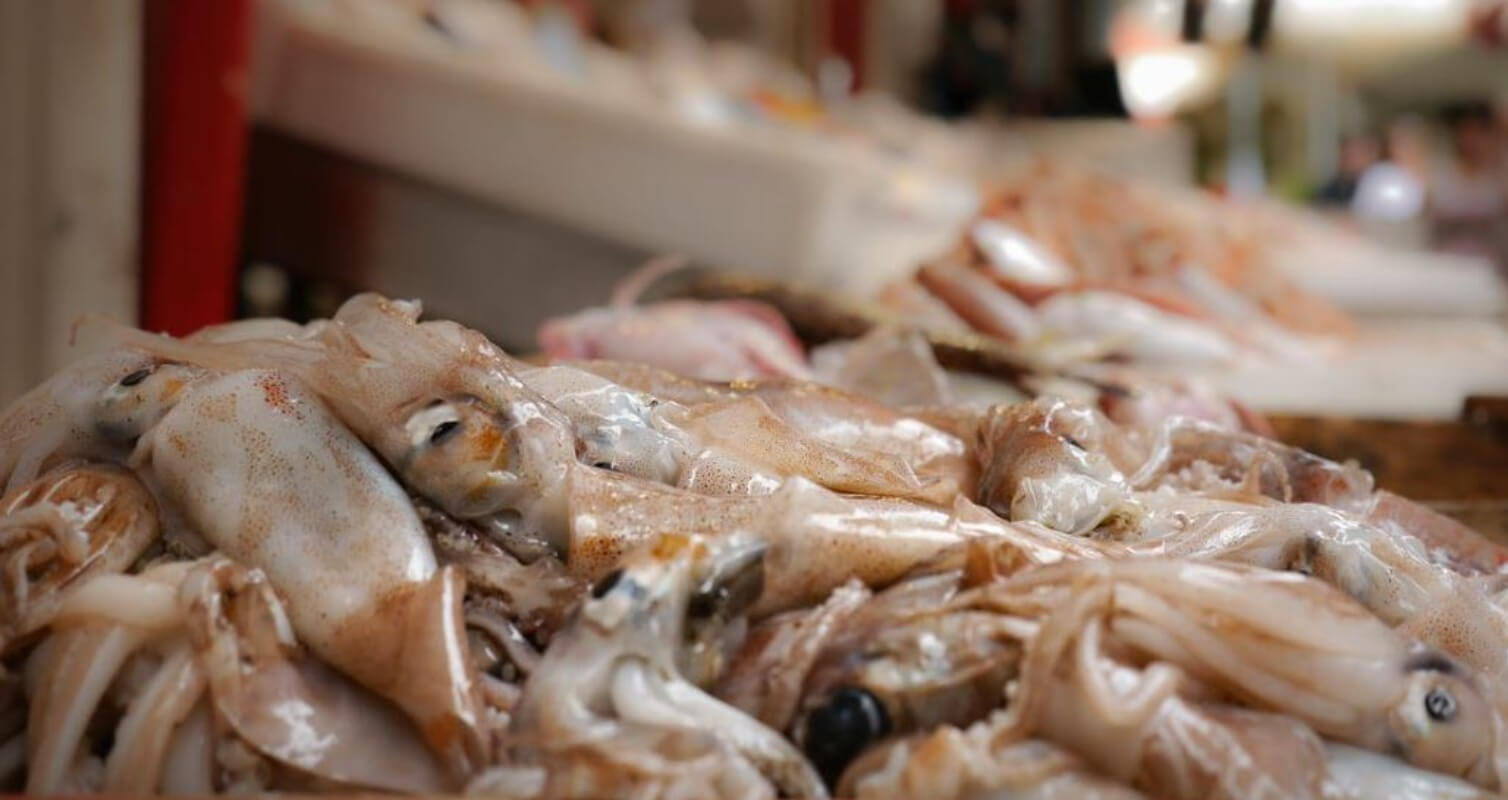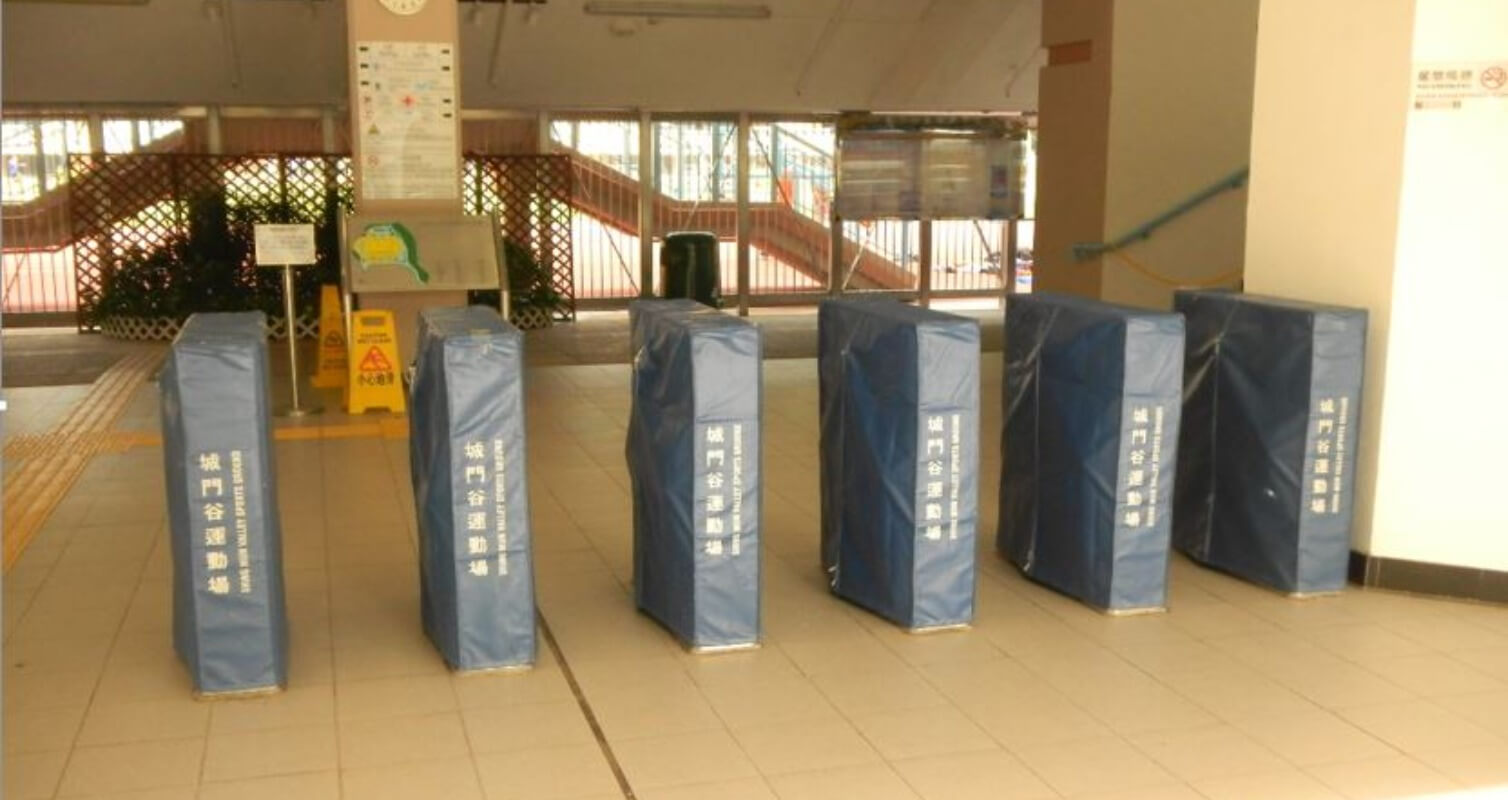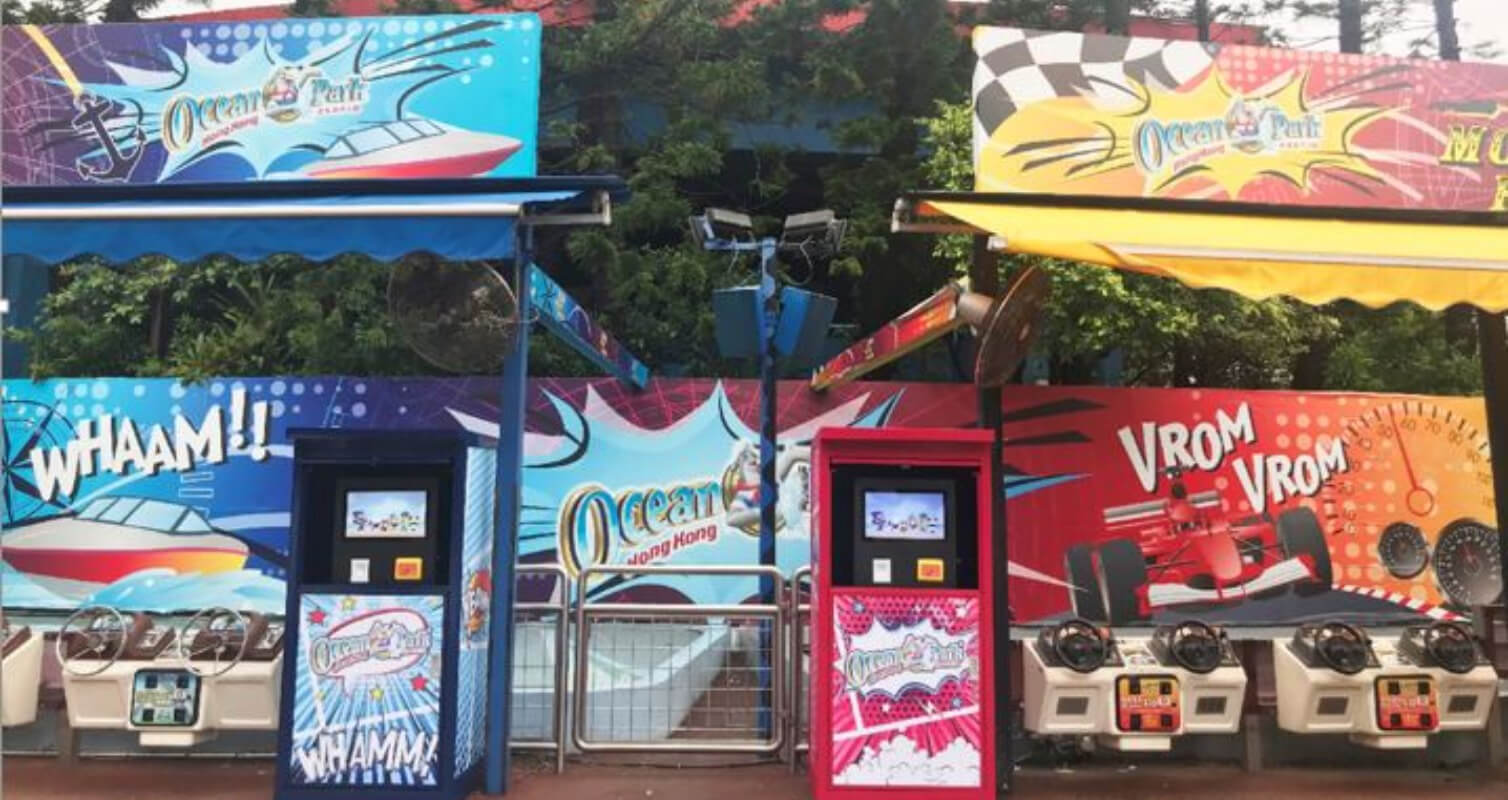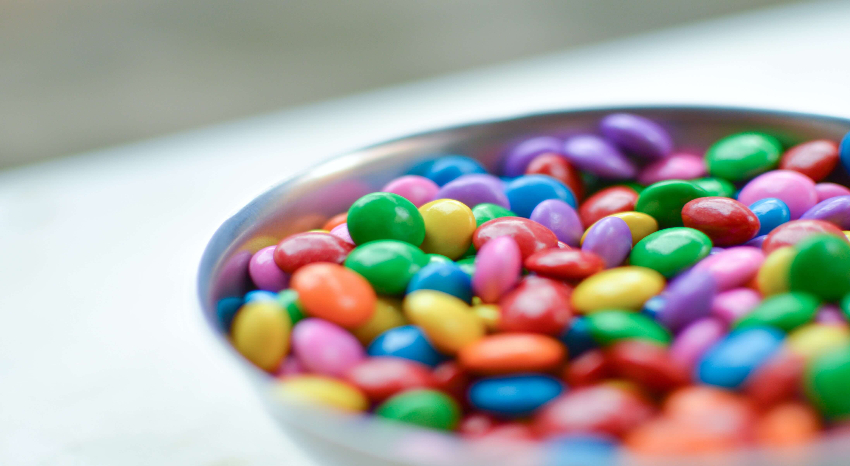SAKURAI, Nara — A vending machine that sells handmade crepes in west Japan’s Nara Prefecture has created a social media buzz, prompted by popular YouTubers introducing it in their videos.
The owner, Kato came up with the idea of a machine selling food that would attract people’s attention in order to cover a revenue drop during winter, when some restaurants tend to see fewer customers. Kato thought about selling crepes because they are liked by a wide range of generations even though he had never made one before. He learned how to make them from a chef friend.
Since installing the vending machine, popular social media influencers have posted videos on YouTube introducing it. The location has become widely known primarily among young people, and has become a notable spot where tourists from in and outside the prefecture visit.
“I’m truly happy that the vending machine has prompted people to visit Nara for sightseeing. I’d like to make efforts to keep offering delicious crepes.”
“I’m truly happy that the vending machine has prompted people to visit Nara for sightseeing. I’d like to make efforts to keep offering delicious crepes.”
Kato

